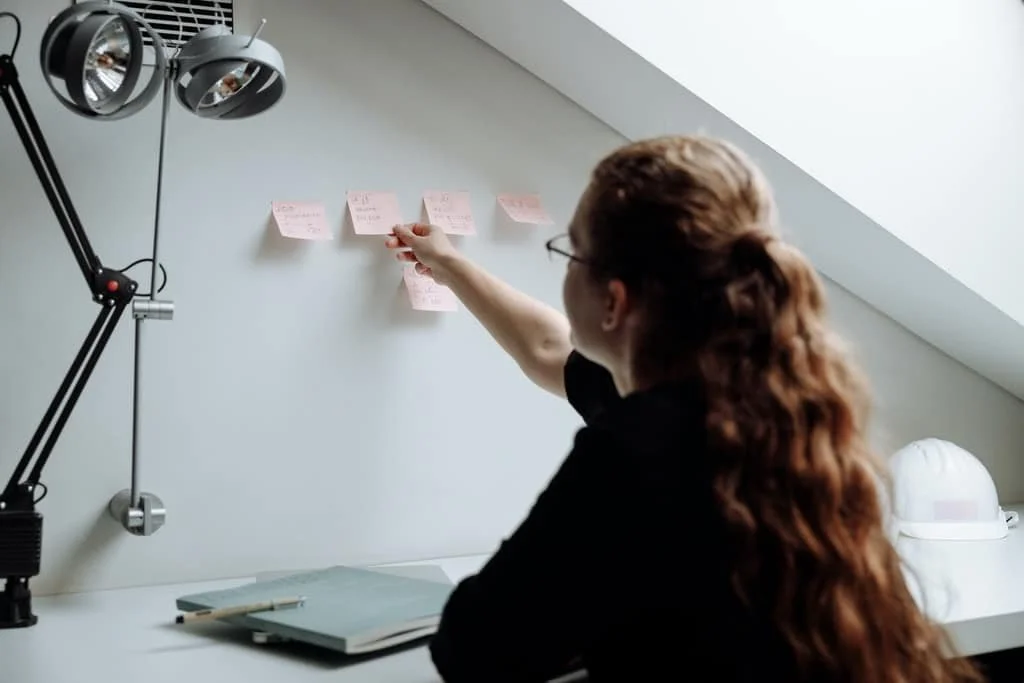The Productive No: Productivity at Work by Saying No the Right Way
The Power of a Productive No is the ability to generate positive outcomes when saying No to a request. Having the ability to say no, but provide options to find an answer is called a “Productive No.” In this article, we’ll explore the benefits of saying no and share practical tips for unlocking your productivity.
The key goal is: We must prioritize certain tasks to avoid feeling overwhelmed, not just when it comes to data analysis projects and productivity at work but in many walks of life.
What is a Productive No?
Learning to say a “Productive No” is an essential skill that can help you focus on your priorities, maintain a healthy work-life balance, and build trust with others. Unfortunately, we are constantly bombarded with requests, demands, and expectations; it is easy to fall into the trap of saying “yes” to everything. However, it’s important to remember that the power of “no” is not only in the refusal but also in finding alternatives to helping others provide solutions.
A Productive No Helps you prioritize tasks and manage your time effectively.
Understand the Benefits of Saying No
Before you can master the art of a Productive No, it’s essential to understand the benefits of saying no in general. By getting over feeling guilty by saying no, you can:
Help you prioritize tasks and manage your time effectively
Protect your physical and mental well-being by preventing burnout
Build your self-confidence by asserting your boundaries
Enhance your relationships by establishing mutual trust and respect
The adage, “You Can’t Do Everything,” is a reminder that everyone has limits, and it’s important to recognize them in order to be productive. Saying ‘no’ can be difficult for many people, but saying ‘no’ the right way can help unlock solutions and lead to more success.
It is essential to know that Saying ‘no’ the right way means being honest about what we are able to do.
The Art of a Productive No
A Productive No is not just about refusing a request; it’s about offering alternatives, solutions, or guidance that can lead to a positive outcome. Here are some tips to help you say no productively:
Be empathetic – Acknowledge the other person’s needs or concerns while gently declining their request. Always be kind!! You never know what motivated this request.
Offer alternatives – Suggest other options, resources, or people who can help them achieve their goals. Use your knowledge to find effective alternatives. How would you answer the request if you had time?
Be honest – If you’re unable to help due to time constraints, explain your situation and provide a time frame when you might be available to assist. Help foster understanding. Never seem like you are just pushing away.
Keep it professional – Maintain a respectful and polite tone when saying no, regardless of the circumstances. No matter how hard it is!!
Saying ‘no’ can be difficult for many people,
but saying ‘no’ the right way can lead to more success.
Examples of a Productive No
To help describe the concept, here are some examples of how to say a Productive No:
Request: Can you help me with this project?
Productive No: I’m currently swamped with deadlines, but I can recommend a colleague with expertise in this area or give you some pointers tomorrow.
Request: Can you attend this meeting?
Productive No: I have a conflicting appointment, but I can provide my input via email or meet with you later to discuss the key points.
Request: Can you volunteer for this event?
Productive No: Unfortunately, I can’t commit to volunteering this time, but I’d be happy to help promote the event on social media or suggest some friends who might be interested.
A Productve No Case Study
We had a new version of SQL Server about to come out, so all hands were updating and creating new documentation and training content. A request came for an introductory session for the old version from one of our partner organizations. I would not spend many cycles on this, as most requests and focus would be on a newer product. Not wanting to disappoint or hurt the relationship, I provided some options;
Some self-guided material they could use to get where they wanted to be.
Resources, quickstarts to provide real-world, hands-on opportunities.
Online Video resources that proved a workshop-type experience.
I offered to check back in with an Office-Hours call to answer questions and provide the next steps.
By providing alternatives, your ‘NO’ can still end in a positive interaction. This was an agreeable solution to the team involved and also created more slack time to get to a deeper assist rather than an introduction to the topic later on.
Practice Makes Perfect
Mastering the art of a Productive No takes practice. Start by implementing these techniques in everyday situations; over time, you’ll become more comfortable saying no and offering alternatives. Remember, the goal is not just to decline requests but to maintain healthy boundaries and foster productive relationships.
Conclusion
Saying a Productive No is a valuable skill that allows you to prioritize your time and energy while providing helpful resolutions. By understanding the benefits of saying no, practicing empathy, and offering alternatives, you can unlock the potential of a Productive No in your personal and professional life. With practice, you’ll find that saying no doesn’t mean shutting doors—it can open up new avenues of collaboration, growth, and success.


